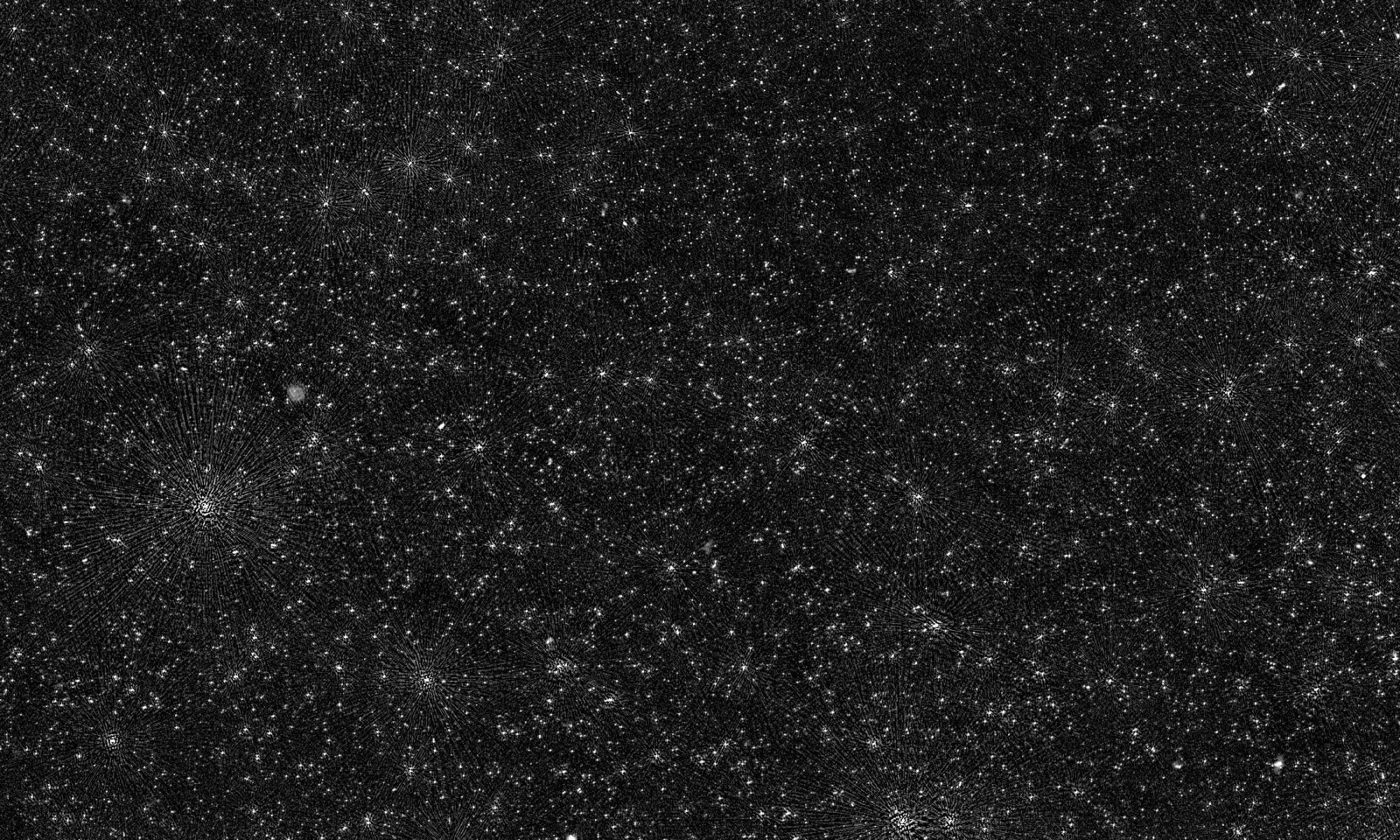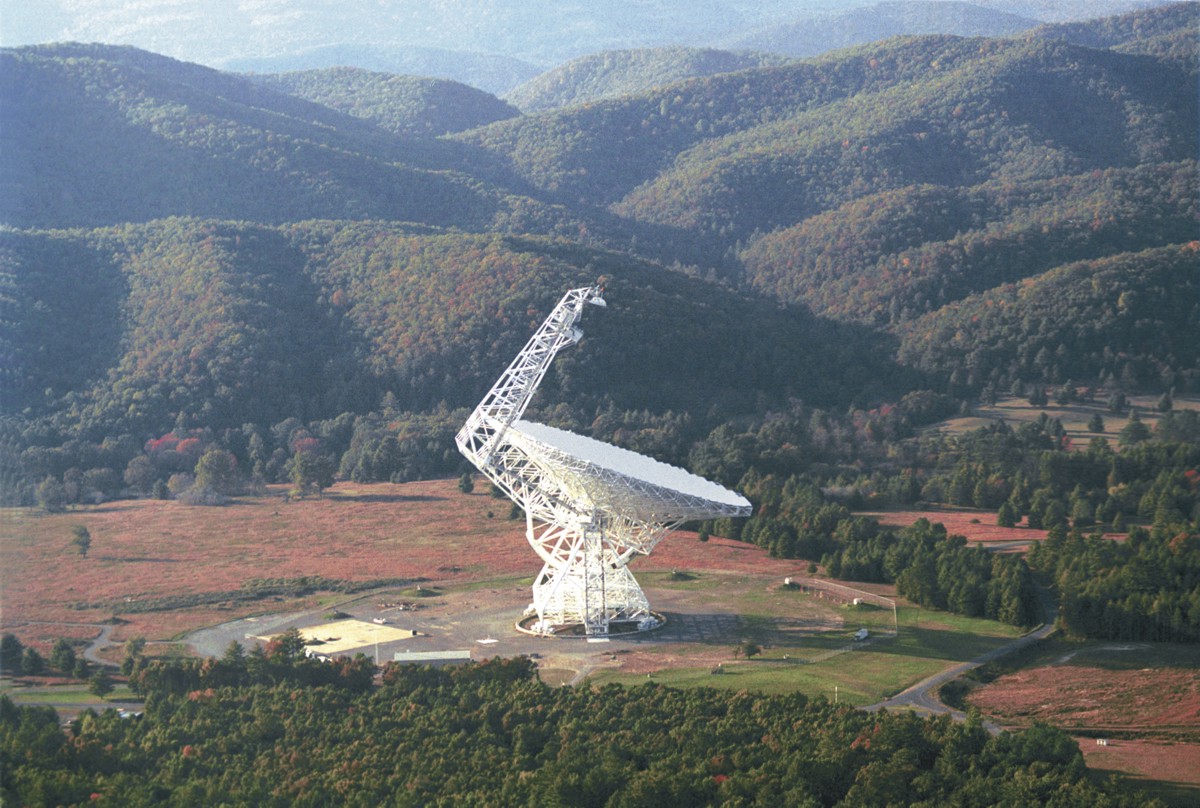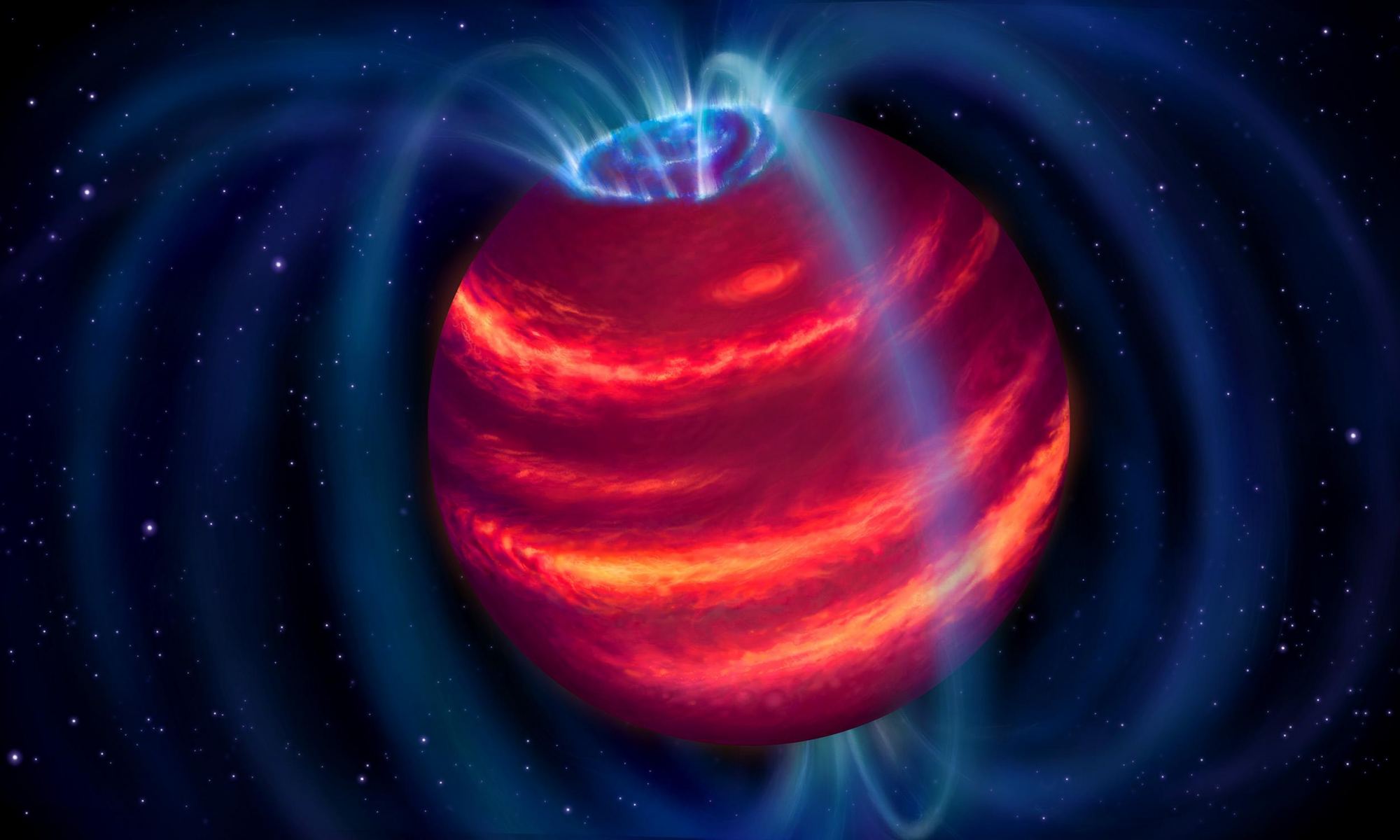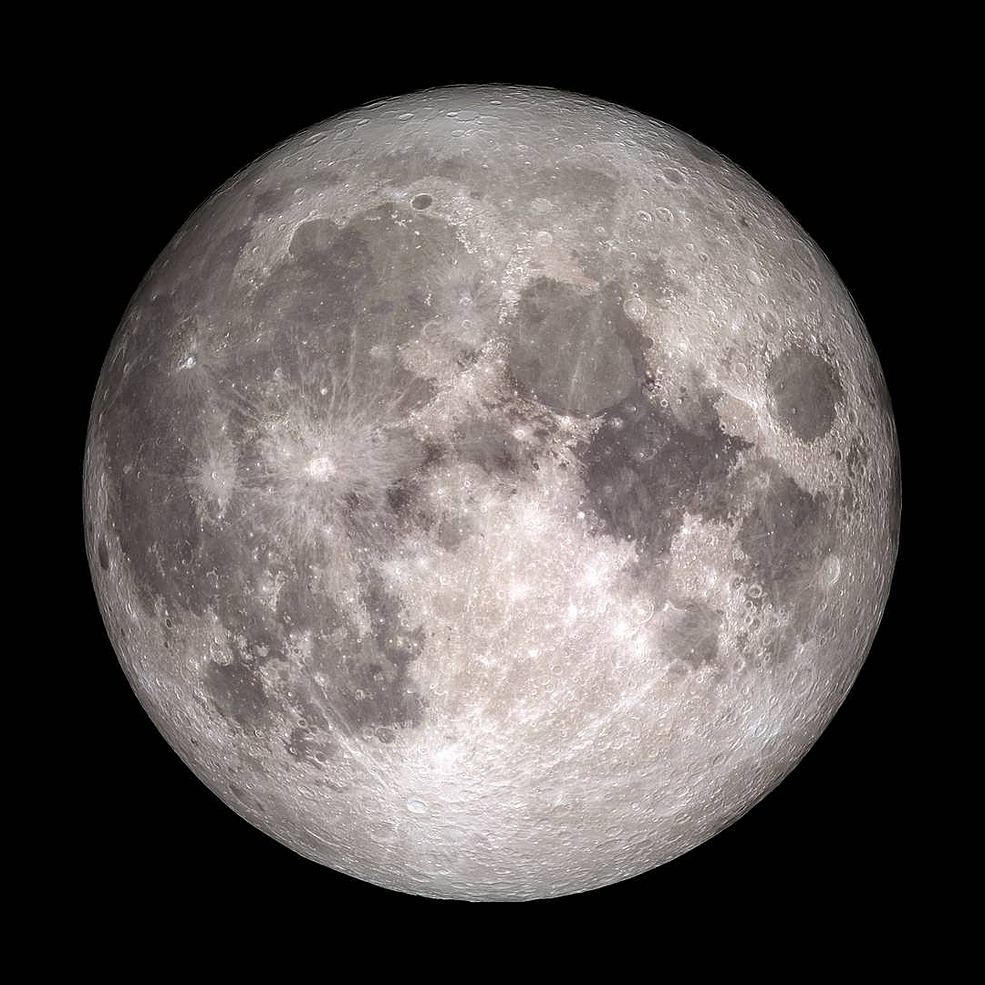The University of Colorado Boulder and Lunar Resources Inc. have just won NASA funding to study the possibility of building a radio telescope on the far side of the Moon. The project, called FarView, would harvest building materials from the Lunar surface itself, and use robotic rovers to construct a massive, intricate network of wires and antennas across 400 square kilometers. When complete, FarView would allow radio astronomers to observe the sky in low-frequency radio wavelengths with unprecedented clarity.
Continue reading “NASA is Considering a Radio Telescope on the Far Side of the Moon”Almost all High-Energy Neutrinos Come From Quasars

Buried under the ice at the South Pole is a neutrino observatory called IceCube. Every now and then IceCube will detect a particularly high-energy neutrino from space. Some of them are so high energy we aren’t entirely sure what causes them. But a new article points to quasars as the culprit.
Continue reading “Almost all High-Energy Neutrinos Come From Quasars”Cygnus X-1 was the First Black Hole Ever Found. New Measurements Show it's Much More Massive Than Previously Believed

In 1964 two Aerobee suborbital rockets were launched with the goal of mapping x-ray sources in the sky. Each rocket contained a directed Geiger counter, so that as the rocket rotated at the peak of its trajectory to measure the direction of x-ray sources. The project discovered eight x-ray sources, including a particularly bright one in the constellation Cygnus. It became known as Cygnus X-1.

A map of 25,000 Supermassive Black Holes Across the Universe
The Low-Frequency Array (LOFAR) is a different kind of radio telescope. Although radio light has the longest wavelengths and lowest frequencies of the electromagnetic spectrum, much of radio astronomy has focused on the higher frequency end. Observatories such as ALMA study radio light at frequencies of hundreds of Gigahertz, and the VLA studies the fifty Gigahertz range, LOFAR captures radio signals below 250 Megahertz, which is in the range of the lowest radio frequencies that can be seen from Earth.
Continue reading “A map of 25,000 Supermassive Black Holes Across the Universe”If Axions Explain Dark Matter, it Could be Possible to Detect Them Nearby Neutron Stars
As we continue to search for dark matter particles, one thing is very clear: they cannot be any of the elementary particles we’ve discovered so far. The particles would need to have mass, but interact with light only weakly. Of the known particles, neutrinos fit that description, but neutrinos have a tiny mass, and aren’t nearly enough to explain dark matter. Some other kind of particle must make up the majority of dark matter.
Continue reading “If Axions Explain Dark Matter, it Could be Possible to Detect Them Nearby Neutron Stars”Radio Emissions Have Been Detected from an Exoplanet
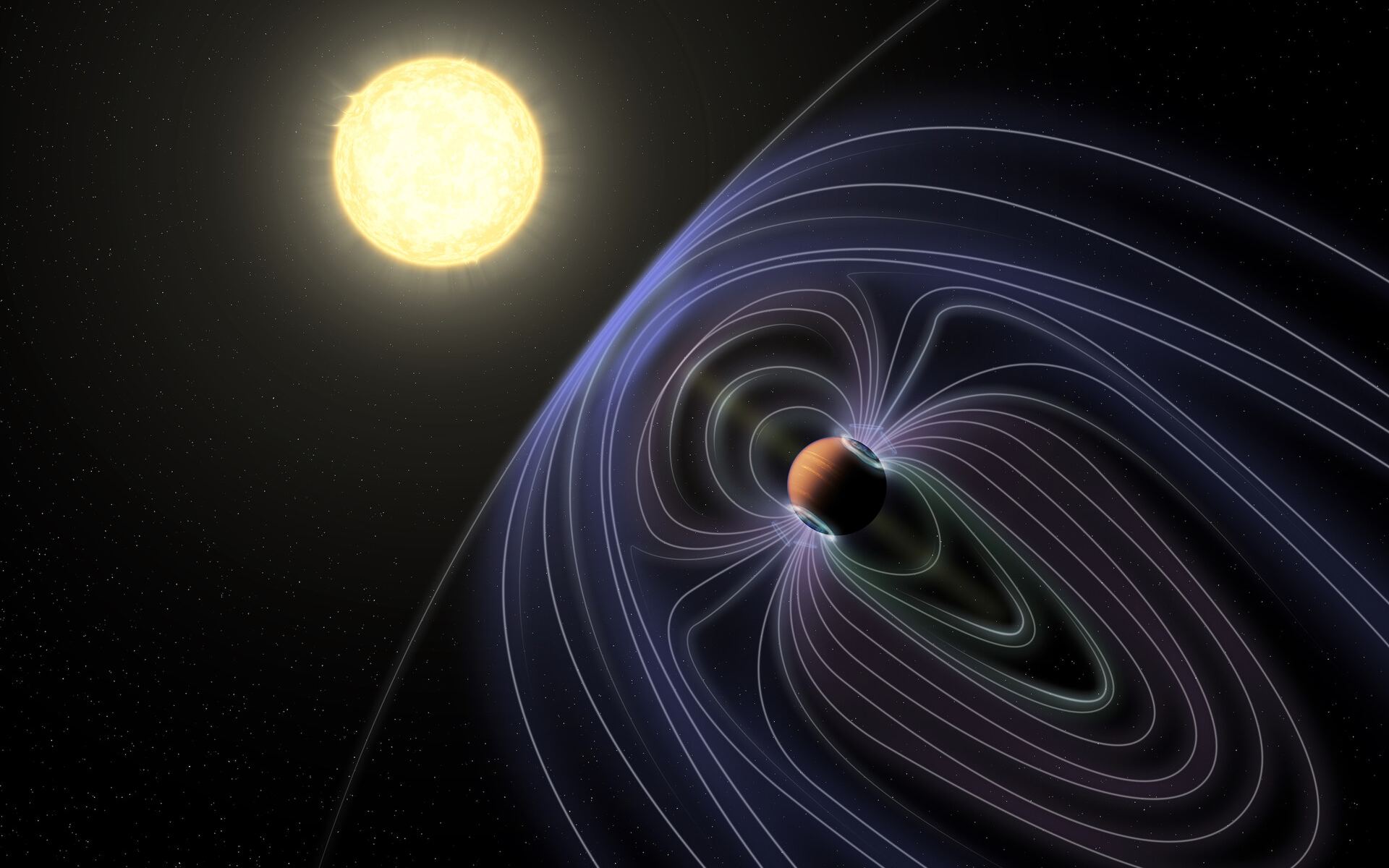
Invisible Glow
Finding planets out in the Universe is pretty hard. I say this despite the fact that two planets in Earth’s skies are aligning tomorrow to form one of the brightest objects seen in hundreds of years. But while the brilliant Jupiter and Saturn are always visible to the naked eye, Neptune wasn’t directly observed until 1846 despite being in our own solar system. We didn’t start discovering planets outside the solar system until 150 years after Neptune. Like Neptune, we find them (though indirectly), through visible light. However an international team of researchers may have just made the first detection of an exoplanet through radio emissions created by the planet’s aurora.
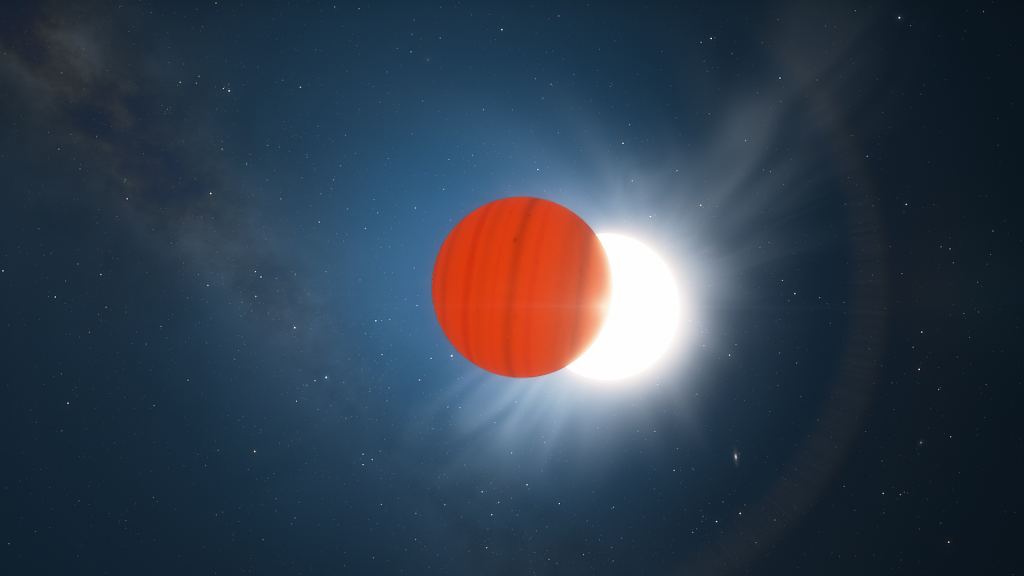
A Second Cable has Failed at Arecibo, Causing Even More Damage to the Radio Observatory

Another main cable that supports the Arecibo Observatory broke last week, falling onto the reflector dish and causing more damage. This is the second time a cable has snapped on the iconic radio observatory in just three months.
The new damage is an unfortunate and devastating setback for the observatory, just as repairs from the first accident were about to begin.
Continue reading “A Second Cable has Failed at Arecibo, Causing Even More Damage to the Radio Observatory”Brown dwarf discovered with a radio telescope for the first time
Brown dwarfs are interesting objects. They are generally defined as bodies massive enough to trigger the fusion of deuterium or lithium in their cores (and are thus not a planet) but too small to fuse hydrogen in their cores (and therefore not a star). They are the middle children of cosmic bodies.
Continue reading “Brown dwarf discovered with a radio telescope for the first time”The Moon is the Perfect Spot for SETI
In less than four years, NASA plans to land the first woman and the next man on the Moon as part of Project Artemis. This long-awaited return to the Moon is to be followed by the construction of the Lunar Gateway, the Artemis Base Camp, and a program of “sustainable lunar exploration.” The creation of an enduring human presence on the Moon will also create many opportunities for exciting scientific research.
For example, astronomers want to conduct radio astronomy on the far side of the Moon, where telescopes could probe the earliest period of the Universe free of terrestrial radio interference. Taking this a step further, a team of astronomers recently recommended that a radio telescope on the far side of the Moon (or in lunar orbit) could aid in another important area of research: the Search for Extraterrestrial Intelligence (SETI)!
Continue reading “The Moon is the Perfect Spot for SETI”

